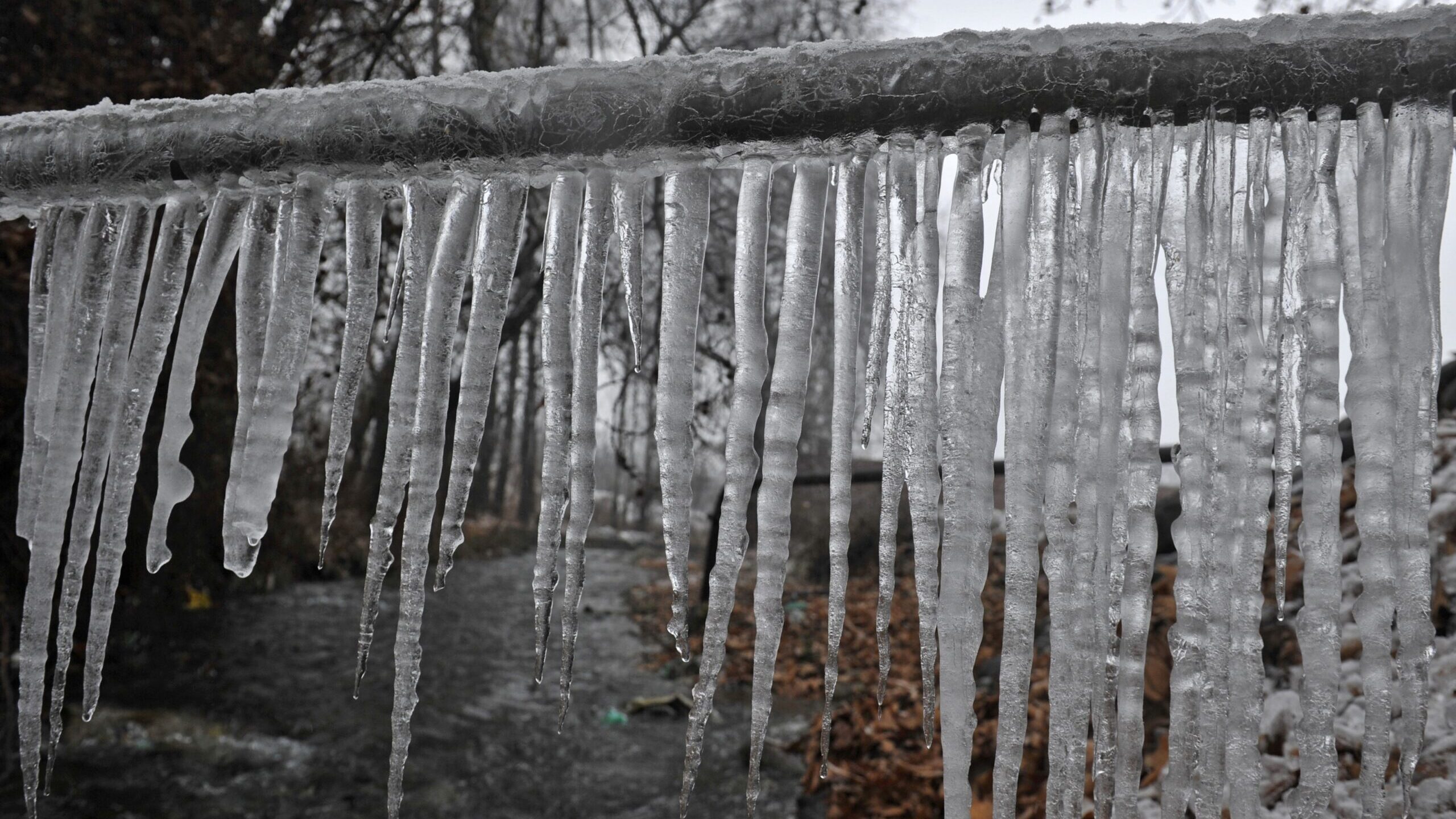Essential Tips to Prevent Frozen Pipes in Winter
Essential Tips to Prevent Frozen Pipes in Winter
Blog Article
They are making a number of great observations on the subject of Preventing and dealing with frozen pipes as a whole in the content in the next paragraphs.

Cold weather can damage your plumbing, particularly by freezing pipes. Here's just how to stop it from happening and what to do if it does.
Introduction
As temperature levels decline, the risk of icy pipes rises, potentially bring about expensive repairs and water damages. Understanding just how to prevent icy pipes is vital for property owners in cool climates.
Prevention Tips
Insulating prone pipelines
Wrap pipes in insulation sleeves or utilize warmth tape to protect them from freezing temperatures. Concentrate on pipelines in unheated or exterior areas of the home.
Home heating methods
Maintain indoor rooms properly heated, especially areas with plumbing. Open closet doors to permit cozy air to flow around pipelines under sinks.
Exactly how to determine frozen pipes
Look for lowered water circulation from taps, uncommon odors or noises from pipelines, and noticeable frost on subjected pipes.
Long-Term Solutions
Architectural changes
Think about rerouting pipes far from outside wall surfaces or unheated areas. Include additional insulation to attics, basements, and crawl spaces.
Upgrading insulation
Purchase top notch insulation for pipes, attic rooms, and walls. Correct insulation helps maintain regular temperature levels and minimizes the risk of frozen pipelines.
Protecting Outside Plumbing
Yard pipes and outdoor faucets
Disconnect and drain yard tubes prior to winter. Set up frost-proof spigots or cover outside taps with shielded caps.
Comprehending Icy Pipelines
What causes pipes to freeze?
Pipes freeze when subjected to temperature levels below 32 ° F (0 ° C) for extended periods. As water inside the pipes freezes, it broadens, taxing the pipeline wall surfaces and potentially causing them to burst.
Risks and damages
Frozen pipelines can lead to water supply disruptions, residential property damages, and costly repair work. Ruptured pipes can flood homes and create considerable architectural damage.
Signs of Frozen Piping
Recognizing frozen pipes early can stop them from breaking.
What to Do If Your Pipes Freeze
Immediate actions to take
If you believe icy pipes, maintain faucets open to soothe pressure as the ice melts. Make use of a hairdryer or towels taken in hot water to thaw pipelines slowly.
Verdict
Avoiding icy pipes calls for proactive actions and quick feedbacks. By understanding the reasons, signs, and preventive measures, homeowners can secure their plumbing throughout winter.
6 Proven Ways to Prevent Frozen Pipes and Protect Your Home
Disconnect and Drain Garden Hoses
Before winter arrives, start by disconnecting your garden hoses and draining any remaining water. Close the shut-off valves that supply outdoor hose bibs and leave the outdoor faucet open to allow any residual water to drain. For extra protection, consider using faucet covers throughout the colder months. It’s also important to drain water from any sprinkler supply lines following the manufacturer’s directions.
Insulate Exposed Pipes
Insulating your pipes is an effective way to prevent freezing. Pipe insulation is readily available at home improvement stores and is relatively inexpensive. Pay close attention to pipes in unheated areas such as the attic, basement, crawl spaces, or garage. Apply foam insulation generously to create a buffer against the cold. You can also wrap your pipes in heat tape or thermostat-controlled heat cables for added warmth.
Seal Air Leaks
Inspect your home for any cracks or openings that could let in cold air. Seal any holes around the piping in interior or exterior walls, as well as the sill plates where your home rests on its foundation. Additionally, make sure to keep your garage door closed unless you’re entering or exiting. Leaving it open creates a significant air leak that can lead to frozen pipes.
Allow Warm Air Circulation
During cold snaps, it’s essential to allow warm air to circulate evenly throughout your home. Leave interior doors ajar to promote better airflow. Open kitchen and bathroom cabinets to help distribute heat consistently around the rooms. If you have small children or pets, be sure to remove any household chemicals or potentially harmful cleaners from open cabinets for safety.
Let Faucets Drip
A small trickle of water can make a big difference in preventing ice formation inside your pipes. When temperatures drop significantly, start a drip of water from all faucets served by exposed pipes. This continuous flow helps prevent the water from freezing. Additionally, running a few faucets slightly can relieve pressure inside the pipes, reducing the chances of a rupture if the water inside does freeze.
https://choateshvac.com/6-proven-ways-to-prevent-frozen-pipes-and-protect-your-home/
:strip_icc()/snow-outdoor-faucet-pipes-4af65d1e5e904fb1aa7bf74071fe5d89.jpg)
We had been introduced to that write-up on Winter Plumbing Precautions: Preventing Frozen Pipes from an associate on our other website. In case you appreciated our blog post kindly consider to pass it around. I value reading our article about Helpful Tips to Prevent Frozen Pipes this Winter.
Visit Report this page